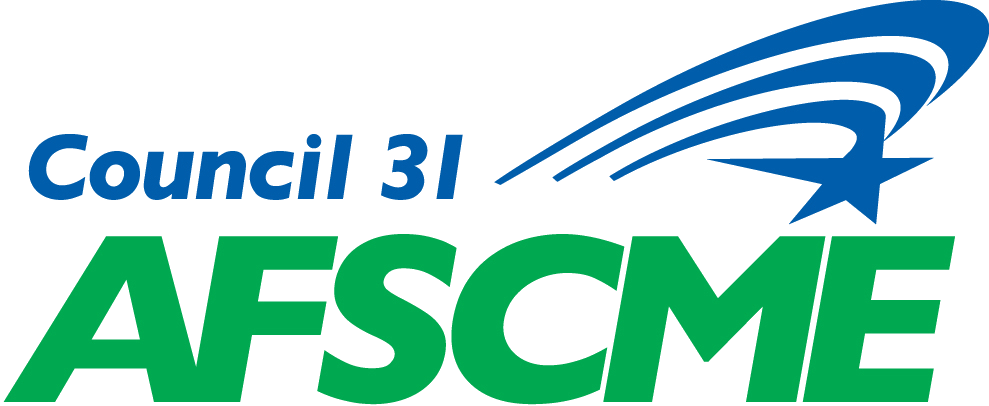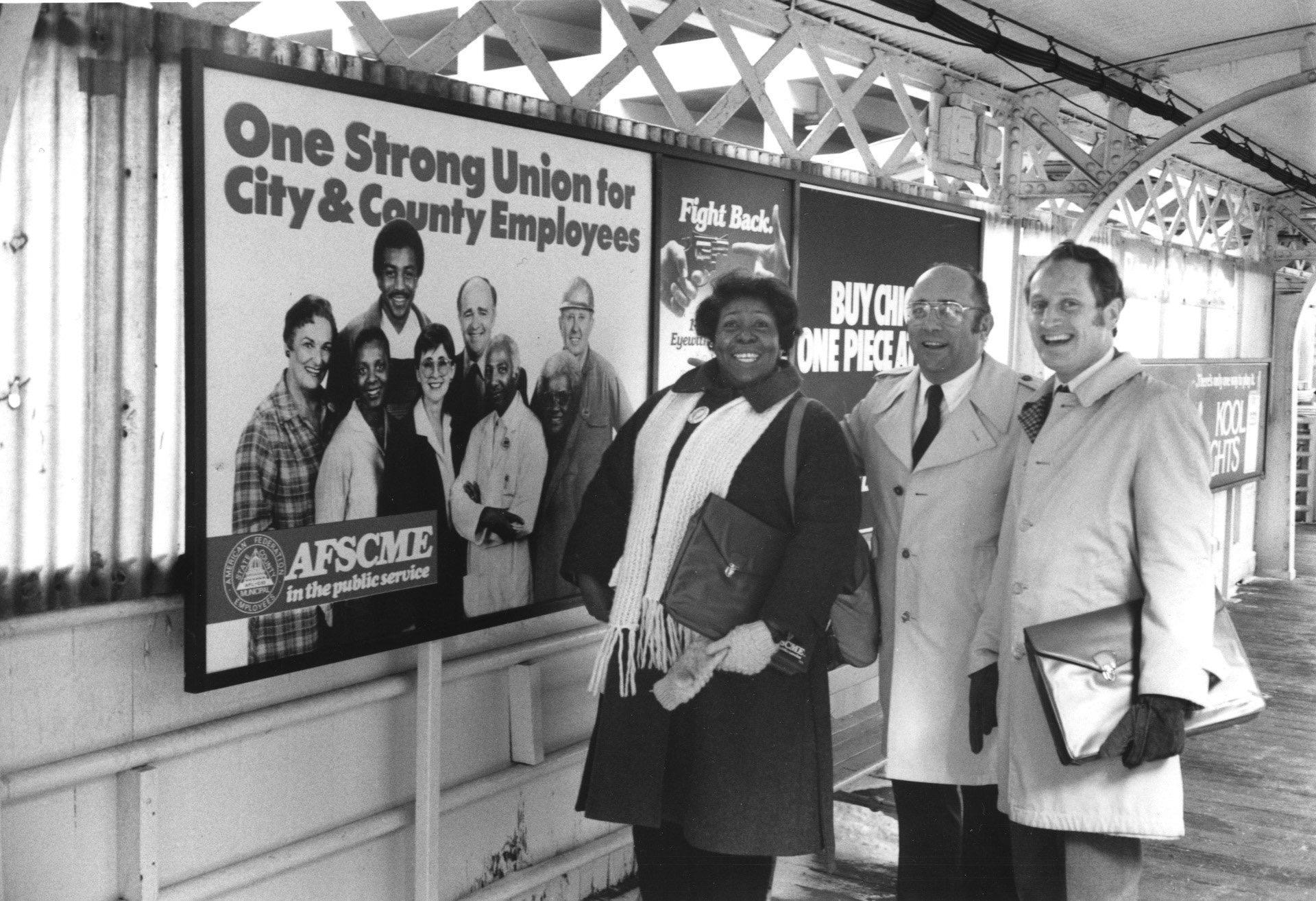In the 1930s, during the depths of the Depression, a small group of government workers in Wisconsin banded together to protect their jobs and the public services they provided. AFSCME grew out of this association. In 1936, AFSCME received a charter from the American Federation of Labor.
AFSCME had 240,000 members in 1964. Since then, AFSCME has grown to the largest union in the AFL-CIO, with 1.4 million members, and established a national reputation as a progressive and democratic union, fighting for the interests of all working people.
In Illinois, the first local union was formed in 1942, with just 20 members. During the 1950s and 1960s, dozens of groups of city, county and school district employees formed AFSCME local unions and negotiated contracts. But AFSCME members had no legal guarantee of their right to collective bargaining. Management could always refuse to negotiate with the union.
But in 1973 AFSCME won a major breakthrough when Gov. Daniel Walker agreed to grant union rights to state employees. With a base of local unions already functioning in most state corrections and mental health facilities, AFSCME launched a massive organizing drive among state workers in 1974 and 1975. This resulted in the organization of 40,000 employees and the formation of AFSCME Illinois Council 31.
After years of intense legislative work, in 1983 AFSCME won passage of laws granting union rights to virtually every public employee in Illinois. Winning these rights touched off another tremendous wave of organizing across the state, which increased the number of AFSCME-represented public workers in Illinois from 40,000 to 60,000.
Today, Council 31 has 75,000 members and expanded its presence in the political and legislative arena. AFSCME is now a leading voice for working families in the state of Illinois, organizing public service and nonprofit workers and winning new benefits for the employees it already represents.

